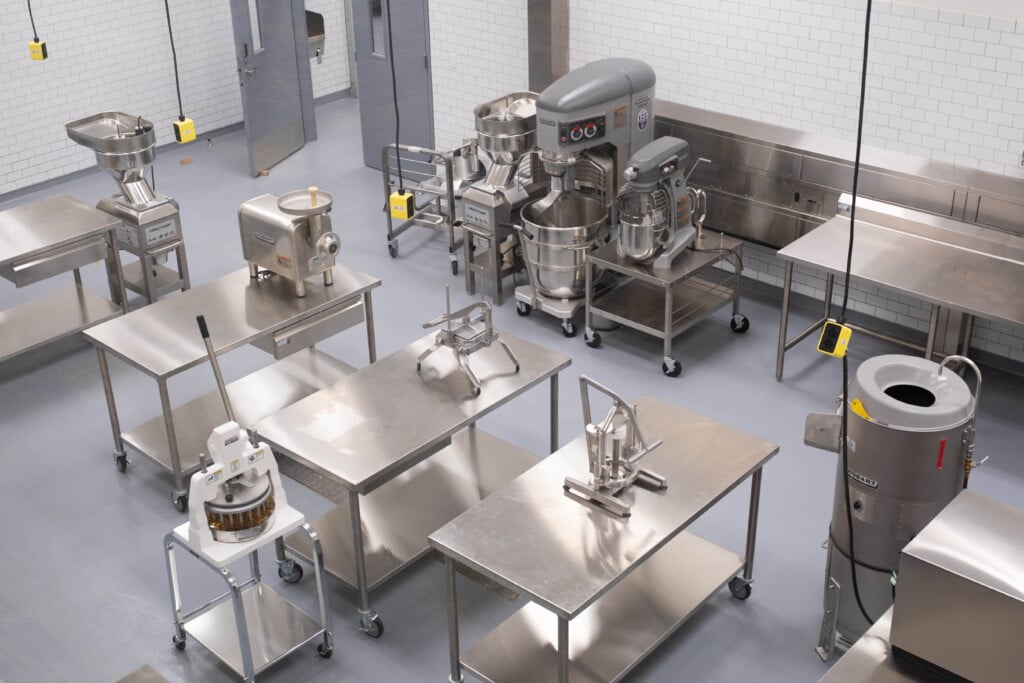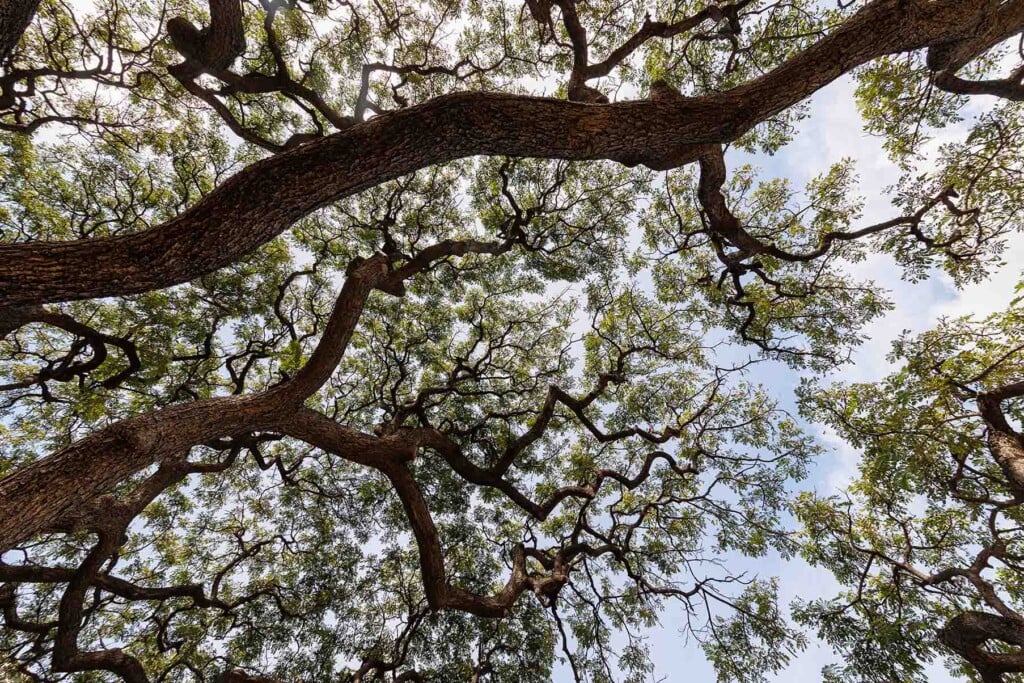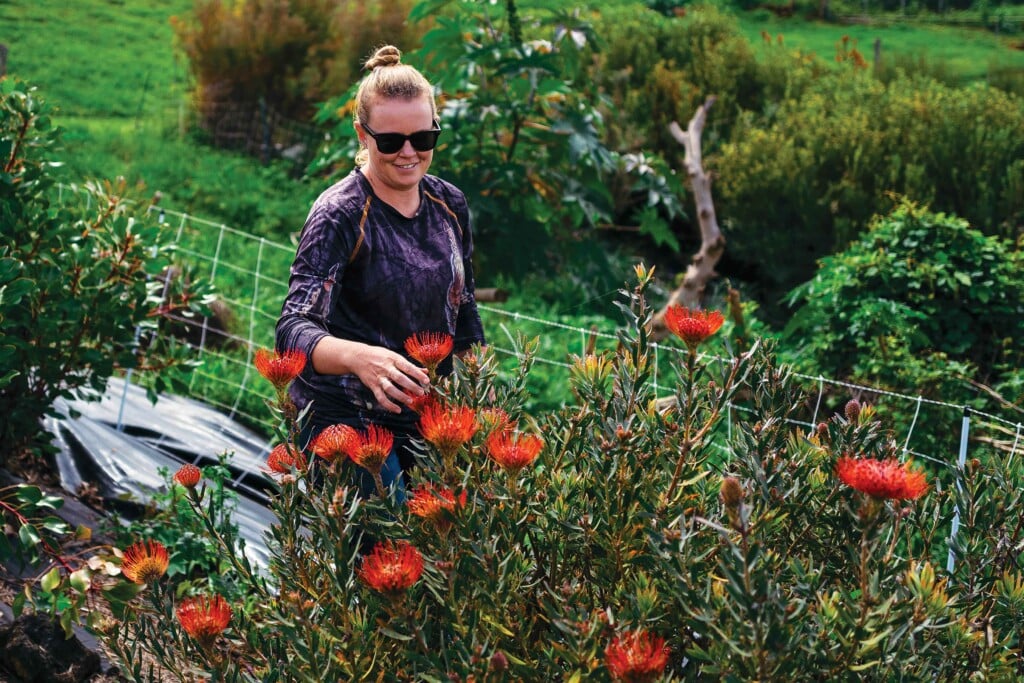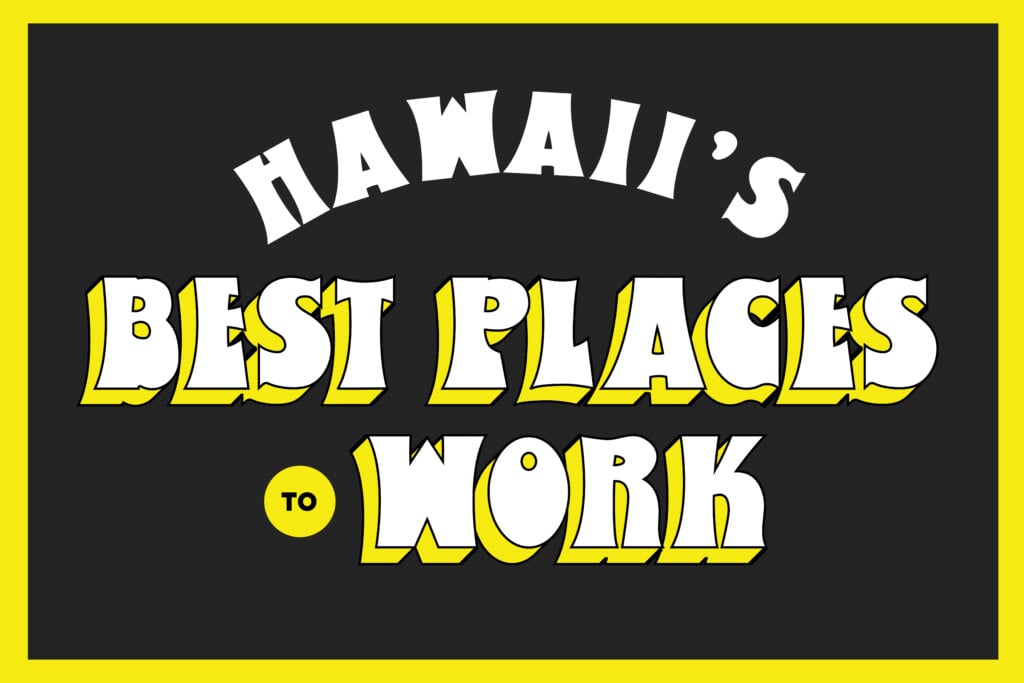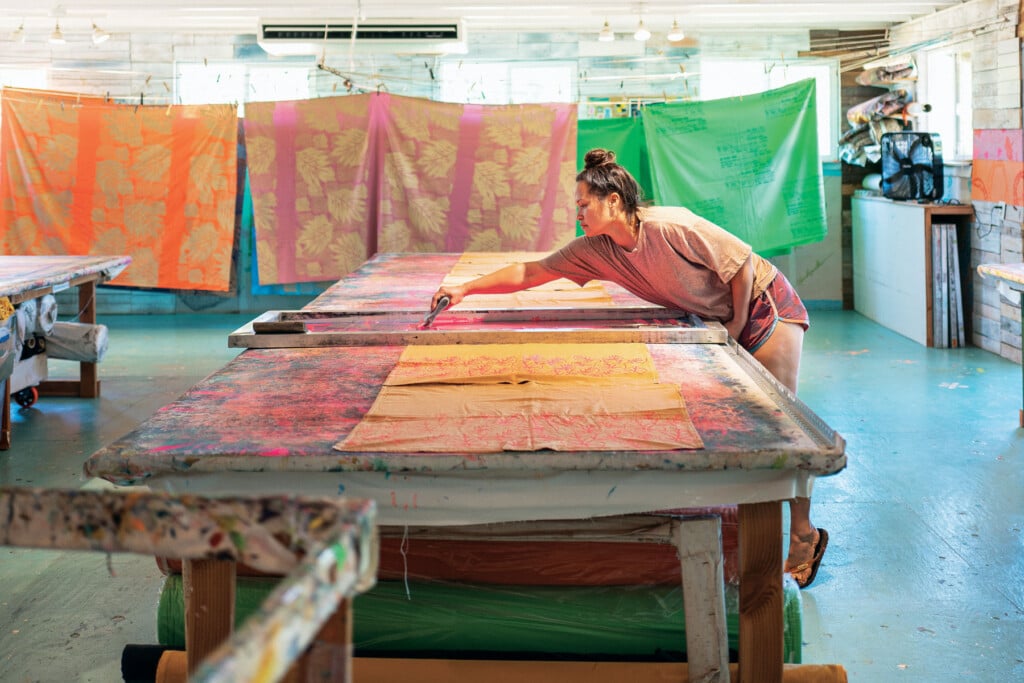The Future of Farming
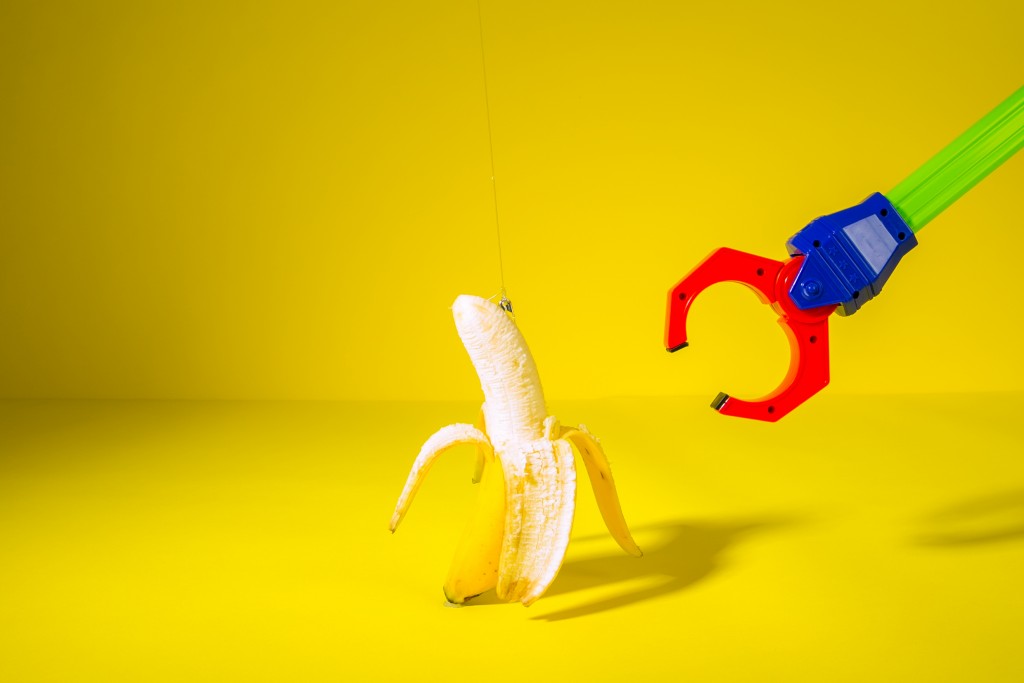
Imagine a world in which robots, drones and artificial intelligence plant, monitor, harvest, and deliver your food.
This may sound like science fiction, but it is, in fact, the emerging reality in farming. “We’re seeing robots that can plant, water and seed a 10-by-10 plot, pick strawberries and shake mac nut trees. There are infrared sensors to show you how hot the plants are and how much water they need, and drones that can fertilize in perfect amounts,” says Cole Santos, co-founder of Maui Makers.
AgFunder, an online marketplace in ag company ventures, says investment in agriculture technology companies reached $4.6 billion in 2015, double 2014’s amount.
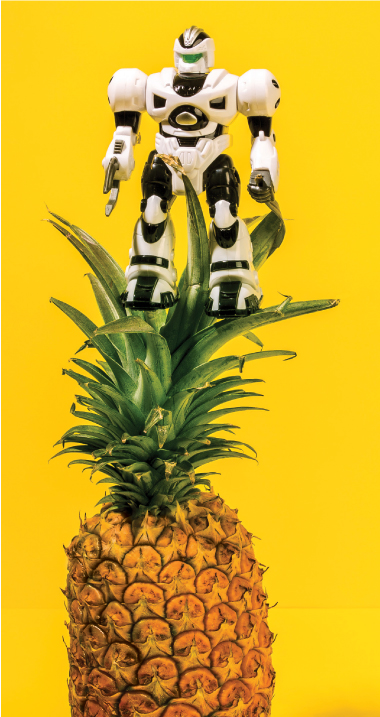 The majority of technology-driven innovation, however, targets valuable large-scale agribusinesses, primarily in the Midwest and along the West Coast. It’s different in Hawaii. The local farming scene is in transition, resulting in a slower adoption of new technologies and processes, says Joshua Uyehara, president of the Kekaha Agriculture Association board of directors.
The majority of technology-driven innovation, however, targets valuable large-scale agribusinesses, primarily in the Midwest and along the West Coast. It’s different in Hawaii. The local farming scene is in transition, resulting in a slower adoption of new technologies and processes, says Joshua Uyehara, president of the Kekaha Agriculture Association board of directors.
“As the plantations have gone away, there’s been a void. It’s been a struggle to figure out our agriculture industry. As tech and ag progress in the world around us, we need to figure out how to step back into an industry that hasn’t been standing still. How do we jump back on the treadmill?”
There is, nonetheless, a growing community geared toward developing innovative solutions for smaller farms that also address Hawaii’s clean energy and food security goals. Among those active in the area are the state’s Energy Excelerator, Blue Startups, XLR8UH and Ulupono Initiative.
“Energy and agriculture are Hawaii’s two biggest advantages as well as our two biggest pain points,” says Tarik Sultan, managing partner at XLR8UH. “We need energy innovation because we’re paying four times more than everyone else. We need agricultural innovation because we have limited lands and resources. In the case of a catastrophic event, Hawaii wouldn’t last two weeks.”
So what are the most important things to know about the future of local farming? We spoke with agriculture technology leaders and companies about what benefits new innovations can bring to Hawaii’s farmers.
MONITORING FARM HEALTH
Co-founder and CEO Vince Kimura describes Smart Yields as “Fitbit for farms.” The Honolulu-based company provides mobile and desktop apps that analyze data obtained by water, air and soil sensors, predict outcomes based on patterns, and alert farmers to potential issues. In other words, Smart Yields can, like Fitbit can for humans, monitor how healthy a farm is. Also like Fitbit, Smart Yields can be used to achieve better alignment between current status and long-term goals.
“Farmers don’t know what they don’t know. There are a lot of decisions made on tradition and using gut instincts,” says Kimura. “But when you look at other industries, be it automotive, logistics or finance, we make decisions based on data science. Agriculture has been the last to adopt that approach.”
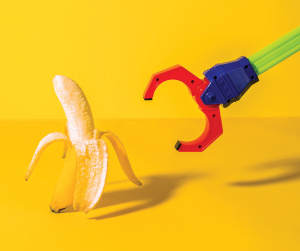 Kimura points to Kona’s coffee belt as an area that could use deeper data analysis. The conditions of the lower levels appear to be changing, possibly due to climate change. For farmers invested in coffee, the question becomes should they invest more in operations, such as water, to make up for the change? Or do they switch to a different crop better suited to the new conditions?
Kimura points to Kona’s coffee belt as an area that could use deeper data analysis. The conditions of the lower levels appear to be changing, possibly due to climate change. For farmers invested in coffee, the question becomes should they invest more in operations, such as water, to make up for the change? Or do they switch to a different crop better suited to the new conditions?
“I want to help these smaller farms take the guesswork out of growing,” Kimura says.
Bruce Mathews, dean of the UH Hilo College of Agriculture, Forestry and Natural Resource Management, agrees that Hawaii’s small farmers often try to do their best with incomplete information. “A lot of farmers in Hawaii don’t test their crops for nutrient status. They do a lot of guesswork. One of the reasons people don’t submit soil samples to labs is that they’ve got to wait for results, often one or two weeks.”
Diagenetix co-founder Ryo Kubota wants to fix that. His company’s handheld testing platform, BioRanger, detects pathogens in soil, plants or anything that is DNA based. Instead of having to wait for soil samples to come back from a lab, farmers can get feedback in real time.
Co-founded by UH researchers, the company is currently working with federal agencies and food producers across the country for on-site detection of microbial contamination and diseases.
“One of our big customers is in the citrus industry. There is a citrus-tree disease spreading all over the U.S., and the only way to do on-site detection is through our technology. There is no cure, so detection is really important to prevent spread,” says Kubota.
AERIAL DATA
The first symptoms of banana bunchy top virus are easy to miss with the naked eye. By the time infection is obvious, it has most likely spread to other plants, causing them to stop producing fruit and, eventually, to die. Because there is no cure, early containment is critical.
UH Hilo professors Mike Shintaku and Ryan Perroy are experimenting with unmanned aerial vehicles, otherwise known as drones, as a solution. Hyper spectral sensors mounted onto the aerial devices are able to detect wavelengths that the naked eye can’t see, revealing the spectral signature of the plants which, in turn, shows us what areas are distressed.
“The hope is that we can detect if a plant has got this disease sooner than we could with our own eyes. And, if that’s the case, we’re able to more efficiently treat those plants before the virus spreads,” Perroy says.
As drones become more affordable, their roles will grow as farmers seek information they can’t get from ground level.
“In the U.S., the largest growth area for UAV’s is in agriculture,” says Perroy. “Drones are a great way to collect data that can empower farmers as well as those making agriculture policy.”
Ceres Imaging also provides farmers with field imagery that can lead to more optimal use of water and nutrients. While it started as a drone company, it has switched to airplanes, which can fly further and longer for lower costs while carrying heavier and more powerful processors.
Picking up high-resolution imagery with multiple bands along the electromagnetic light spectrum, Ceres’ technology exposes areas suffering from water and nutrient deficiencies. Such visuals reveal not only areas that need better irrigation or fertilizing, but also spots that may be in distress because of pests.
Farmers receive these images on their mobile phones just 24 to 48 hours after the flyovers, giving them a critical head start on problems that may not have become obvious until much later.
While currently operating in California and Australia, the company will soon begin testing its technology in Hawaii.
“We’re excited because there are two opportunities in Hawaii,” says product manager Jenna Rodriguez. “First, we’ll be working with a whole new portfolio of growers, like coffee, pineapple, mac nuts and cacao. That will help diversify our crop models and what our imagery can do. There’s a whole new dynamic of pests and diseases in Hawaii. In Mediterranean climates, pests get killed off when winter hits. But, in Hawaii, growers don’t get the relief of a dormant winter.”
“Second, we are excited to establish a research and development headquarters in Hawaii to work hand in hand with growers to improve our next generation of imaging capabilities. This will provide Hawaiian agriculture a first look at cutting-edge technology before launching products into the global market.”
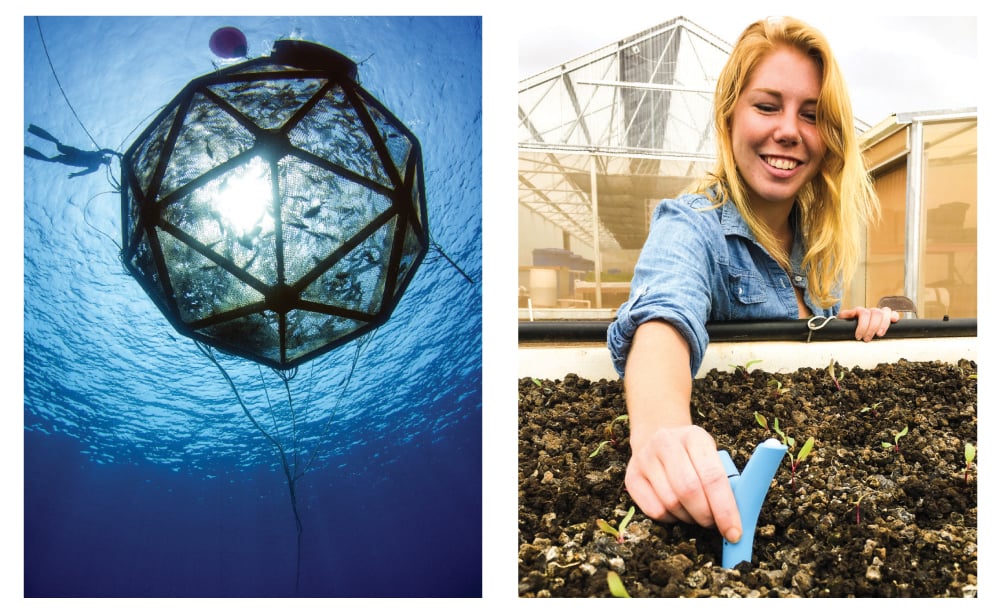
LEFT: Kampachi Farms – Gavin Key, a researcher at Kampachi Farms, swims next to an Aquapod net pen, 22 feet in diameter and stocked with 2,000 kampachi fish. It was moored 6 miles offshore of Keauhou Bay in Kona. RIGHT: Smart Yields’s Kristen Jaimeson places a sensor among plants at Mari’s Gardens in Mililani. Smart Yields’ water, air and soil sensors provide frequent data so farmers can make informed decisions.
FARMING THE OCEAN
The world’s population is expected to reach close to 10 billion by 2050. Yet the amount of land we have for growing food will not change. How are we going to feed ourselves? One answer is the ocean.
“We can’t do it all with current farming methods,” says Mathew Goldsborough, director of engineering at Forever Oceans Corp. “To meet this rising demand, we need to look to technologies that allow us to grow protein sustainably in the ocean as well as help protect the environment.”
Hawaii is already a global leader in innovative techniques for ocean farming. Kampachi Farms co-founder Neil Sims’ Velella Mariculture Project, named one of Time magazine’s “25 Best Inventions of 2012,” demonstrated how fish could be raised cleanly and sustainably in cages miles from the Hawaii coast, moving around the eddies away from the reef, out in the open sea.
Such offshore farms, however, present risks for humans who need to monitor the cages and feed the fish. “There are rough conditions, big waves. You’re at the mercy of Mother Nature. You don’t have the protection of a river basin or land mass to protect you from the pounding that a hurricane or natural weather pattern can bring,” says Goldsborough.
That is where technology comes in. Forever Oceans, based out of the Natural Energy Lab on Hawaii Island, has continued and expanded Sims’ work. Today, video cameras monitor the fish and a robotic system orchestrates feedings and even the removal of dead fish. While humans do need to physically get out to the aquafarms from time to time, much of the daily operations happen with the touch of an iPad app.
“It’s tech from start to finish. At every step of the way, we’ve implemented ways to remove humans from the loop. We’re able to reliably communicate with the cages, monitor and accomplish all of the tasks that a human would normally need to do,” says Goldsborough.
ALLEVIATING FOOD WASTE
“We talk a lot about needing to produce more food. But we also need to realize how much we waste because of spoilage,” argues Soojin Jun, associate professor of food engineering at UH Manoa.
According to a UH study conducted in 2015, Hawaii wastes about 26 percent of its food supply, valued at $1 billion a year. A good deal of waste is due to spoilage, which is partly due to Hawaii’s tropical climate.
Traditional freezing, however, is not an optimal solution for all foods, Jun explains. When ice forms, foods can lose their juice, nutrition and natural texture.
His solution is a new kind of supercooling unit, which can be slipped into any conventional refrigerator. It keeps food at freezing temperatures, but magnetic and electric fields also keep the water molecules from forming ice. Since the foods don’t become icy, they also don’t need to be thawed.
“If you keep mangoes in a refrigerator, they’ll keep for only about a week. If you keep them in a supercooling chamber, they will stay fresh for a month. And when you take it out, the texture is as good as a fresh mango,” says Jun.
With support from the USDA, Jun has also experimented with beef, chicken and pork. Perhaps most exciting for poke and sashimi-loving Island residents is Jun’s work with ahi, which can be kept fresh for two weeks in the supercooling unit.
RESTORING UNPRODUCTIVE LAND
With the shutdown of HC&S on Maui, Hawaii’s pla
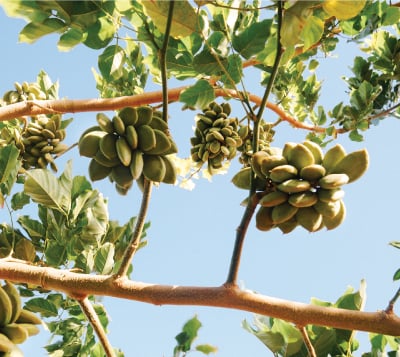
Pongamia pods contain an oilseed that can be processed into three products: vegetable oil, plant protein for animal feed and biomass. The picture was taken at the Hawaii Agriculture Research Center in Kunia, where 50 pongamia trees were planted in 2012. Photo: Courtesy of TerViva
ntation era officially drew to a close. But what happens to the land that once provided the state’s biggest exports – sugar and pineapple?
TerViva’s goal is to help growers make distressed land productive again by growing an oilseed crop called pongamia, a leguminous tree that produces eight times more oil than soybeans with a fraction of resources such as water, fertilizer and pesticides.
With a grant from the Energy Excelerator, TerViva is establishing a commercial-scale pongamia orchard on Oahu.
“One of the reasons we’re drawn to Hawaii is that a large percentage of land in sugar or pineapple is now idle,” says Will Kusch, project manager. “The land where we’re planting our first orchard was just sitting there, doing nothing except playing host to invasive species.”
The land is now producing shells from the seeds, which can be used as biomass burned for electricity or used as mulch. The oil can be made into biodiesel and, potentially, organic pesticide. The seeds can be made into high-protein animal feed, and used to raise cattle entirely in state so they don’t need to be shipped to the Mainland for finishing due to the high costs of importing feed to Hawaii.
TerViva’s approach aligns well with the goals of the state. “Energy and food are tremendously expensive. And the vast majority of food is imported. Those were conditions that were ripe for us to step in to support Hawaii’s visionary renewable energy goals while at the same time restoring productivity to idle land,” says Kusch.
COLLABORATIVE TOOLS
Rob Barreca had worked in technology for 16 years before he decided to become a farmer. While going through GoFarm Hawaii, a program that teaches people to become agricultural entrepreneurs, he realized his background in information technology could help solve a fundamental problem he and his classmates faced.
One of their projects involved farming and marketing their produce to restaurants. He noticed that farmers worked on their own, often inadvertently at odds with each other, contacting the same buyers, but not coordinating their efforts. “We were flailing. We were using old-fashioned communication tools like calling buyers on the phone, emailing and texting, but all in isolation. It was bad for buyers, and bad for us farmers.”
After investigating various online tools, he decided to launch Farm Link Hawaii, licensing an existing web platform. The company, which recently won a $498,812 grant from the US Department of Agriculture, is developing open source software to help farmers accomplish what they have a difficult time doing on their own: getting an overview of what buyers are looking for, and collectively filling larger orders that each farmer would not be able to handle individually.
Barreca’s goal is to enable farmers with as little as half an acre to sell their products and develop ongoing relationships with buyers, as well as allow buyers to support small, local farmers without having to manage multiple negotiations. By seeing the requests that buyers put on the site, farmers can make better decisions about what to grow.
“The biggest request that we’ve seen is the supply/demand match making. A new or existing grower who’s expanding production wants to know, ‘What should I plant?’ Buyers want to know who’s growing what,” says Barreca. “With yesterdays’ tools, it’s so hard to figure out what’s out there, and it takes so much work. But with these new tools, we can collaborate, crowdsource solutions and fulfill buyers’ demands.”
HAWAII’S FARMING FUTURE
“Hawaii should be the agriculture technology capital of the world. We have 10 of the 14 climates in the world, more microclimates than anywhere else in the world, more soil profiles that anywhere else in the world. And every renewable energy known to man on this planet,” says Smart Yields co-founder and CEO Vince Kimura.
While Hawaii’s natural energy and food security goals make innovation in farming seem like an imperative, the state is still a tiny player in defining the future of farming.
“What we’re witnessing right now is a transition from over 100 years of plantation crops to a more diversified agriculture economy. No other state has experienced anything like this, with all these industries in one generation gone,” explains Scott Enright, chairperson of the state’s Board of Agriculture.
“Because we don’t have a rich history of established family farmers, with institutional knowledge and support mechanisms in place, and networks, our transition is taking longer than many people envisioned,” he says.
Nonetheless, nearly all of the leaders we spoke with stressed that there is hope in the fact that innovative technologies are attracting more young people into farming. “Seeing the types of people in our XLR8UH cohort, the writing is on the wall that it’s no longer an aging industry,” says XLR8UH managing partner Tarik Sultan. “There are lots of young folks who were brought up by farmers who are also taking startup classes, and want to apply those principles to agriculture.”
For now, Hawaii remains a small but emerging center of innovation when it comes to defining the future of farming. Companies like Smart Yields and TerViva, university researchers and incubation programs like XLR8UH and Energy Excelerator are seeking to strengthen that foundation.
“Right now, the state is really at a decision point when it comes to what the future of agriculture will look like,” says Joshua Uyehara, president of the board of directors of the Kekaha Agriculture Association. “We’re in very early stage discussions about what that vision will be and how we’ll get there. All of this has been accelerated with the closure of HC&S. If this is a topic that interests you, now is an exciting time to get involved in the conversation.”
